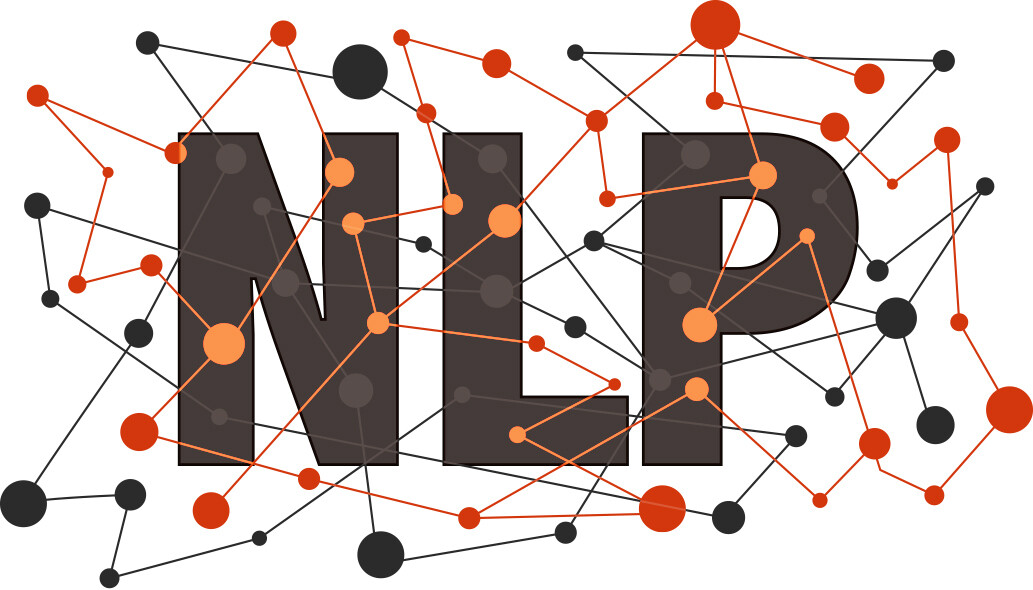Table of lectures
- Introduction
- Word Embeddings
- Contextualized word embeddings
- Pre-trainging and fine-tuning
- Semantic role labeling
- Coreference resolution
- Semantic parsing
- Reading comprehension
- Open-domain QA
- Relation extraction
- Summarization
- Dialogue
- Task-oriented dialogue
- Bias in language
- Annotation artifacts in NLP
- Adversarial examples
- Interpretability
- General linguistic intelligence
Introduction
Topic: Computational Linguistics and Deep Learning
Knowledge to keep in mind
- Deep Learning for NLP
- Mostly problem-driven
- Focused on English NLP
Textbook
How to read papers
- Read the papers in context
- All the papaers are built on top of other papers
- Grasp the key ideas
- What is the biggest contribution of this paper
- Why is this paper important?
- Pay attention to the details (both methodology and experiments)
Topics of Interest
NLP problems at different levels:
- Linguistic levels: (speech), words, syntax, semantics
- Intermediate tasks/tools: parts-of-speech, entities, parsing, coreference
- Full applications: sentiment analysis, question answering, dialogue, text summarization, machine translation
Prominent problems in exitsting NLP systems:
- Bias in language data
- Annotation artifacts
- Interpretability
- Adversarial example
- General linguistic intelligence
